Description
I. Introduction
Quick Open Closures, also known as QOCs, are critical components widely used across numerous industries to facilitate safe, efficient, and rapid access to the interior of a pressure vessel. Engineered for optimal performance, these mechanical devices are designed to securely seal off high-pressure chambers while allowing for quick and easy opening when necessary.
Their principal function is ensuring the safety and integrity of pressure vessels, such as pipelines, tanks, and reactors, often subjected to extreme conditions. By offering a secure yet accessible seal, QOC greatly streamlines the processes of inspection, maintenance, and cleaning, thereby minimizing operational downtime.
The versatility and efficiency of QOC have led to their widespread adoption across various sectors. Key industries include the oil and gas sector, where they are integral to the safe operation of pipelines and storage tanks. The chemical and petrochemical industries rely heavily on them for their reactors and separators. Similarly, in the pharmaceutical, food processing, and water treatment sectors, QOCs are indispensable for maintaining high standards of safety and hygiene.
In essence, QOC serves as a pivotal interface between operators and the high-pressure environments within their equipment – a gateway that combines safety, efficiency, and accessibility.
II. Design and Functionality of Quick Open Closures
Design and Functionality of Quick Open Closures
Quick Open Closures are ingeniously designed to balance the demands of safety, efficiency, and user-friendliness. Typically, they are comprised of a few key components: the closure door, the seal, and the locking mechanism.
The closure door forms the main body of the Quick Open Closure. It is robustly constructed to withstand high pressure and is hinged or bolted directly onto the pressure vessel. The design of the door often includes a specific contour to accommodate the seal and locking mechanism.
The seal, usually made of resilient elastomeric materials, is designed to provide a pressure-tight fit between the closure door and the pressure vessel. Some Quick Open Closures feature seals with unique shapes to account for changes in pressure and temperature, ensuring a reliable seal under a variety of conditions.
The locking mechanism is the feature that gives Quick Open Closures their name. This mechanism can range from simple threaded or bolted designs to more complex quick-release systems. The common goal, however, is to provide a secure lock that can be quickly and easily opened when required. This design allows for efficient access to the pressure vessel for inspection, maintenance, or cleaning.
In terms of materials, Quick Open Closures are often made from high-strength, corrosion-resistant metals such as stainless steel, carbon steel, or alloy materials, depending on the specific requirements of the application. The selection of material is crucial as it must withstand the pressure, temperature, and potential corrosive effects of the contents within the pressure vessel.
In essence, Quick Open Closures are carefully engineered devices that incorporate a range of design elements to provide a practical and effective solution for accessing high-pressure vessels in a multitude of industries.
III. Advantages of Quick Open Closures
Advantages of Quick Open Closures
The distinctive design and functionality of Quick Open Closures yield multiple advantages, particularly in terms of safety, operational efficiency, and durability.
Safety: Quick Open Closures are constructed with safety as a paramount concern. These devices are designed to withstand high-pressure environments, thereby minimizing the risk of accidental discharge or leaks that could pose significant safety hazards. Many models also incorporate safety features such as pressure warning indicators or fail-safe locking mechanisms to prevent inadvertent opening under pressure, thus providing an additional layer of protection for operators.
Operational Efficiency: Quick Open Closures contribute significantly to enhancing operational efficiency. Their design allows for swift access to the interiors of pressure vessels, drastically reducing the time required for inspections, maintenance, and cleaning procedures. This efficiency minimizes downtime, leading to improved productivity in industries where operational continuity is crucial. In turn, this can lead to cost savings and an increase in overall operational performance.
Durability and Longevity: Made from high-strength, corrosion-resistant materials like stainless steel or other durable alloys, Quick Open Closures are built to withstand harsh conditions and prolonged use. This resilience ensures a longer operational lifespan, resulting in decreased replacement costs over time. Moreover, the design of these closures often allows for parts like seals to be easily replaced, further extending their longevity and providing an economical solution for industries.
IV. Quick Open Closures in Different Industries
Quick Open Closures in Different Industries
Quick Open Closures are versatile and adaptable, finding applications across a wide range of industries. Let’s take a closer look at their role in several key sectors:
Oil and Gas Industry: In the oil and gas sector, Quick Open Closures are used extensively in pipelines, storage tanks, and pressure vessels. They provide secure and reliable sealing for these systems, ensuring the safe containment and transport of oil and gas products. The quick-opening feature facilitates rapid access for maintenance and inspections, significantly reducing downtime in an industry where operational efficiency is paramount. Additionally, their robust design can withstand the harsh conditions often encountered in oil and gas operations, enhancing safety and reliability.
Chemical Industry: Quick Open Closures play a crucial role in the chemical industry, where they are used in reactors, separators, and other high-pressure vessels. They ensure the safe containment of volatile and corrosive chemicals, thanks to their robust design and high-quality materials. The quick access provided by these closures enables regular inspections and maintenance, essential for ensuring the ongoing safety and efficiency of chemical processes.
Other Industries: Beyond the oil, gas, and chemical sectors, Quick Open Closures find usage in various other industries. In the pharmaceutical industry, they are utilized in pressure vessels used for manufacturing and storage, ensuring a sterile environment by offering reliable containment. In food processing, Quick Open Closures helps maintain high hygiene standards by allowing easy access for cleaning and sanitization of vessels. They also find applications in the water treatment sector, where they provide secure and easy access for the maintenance of high-pressure filtration and treatment systems.
V. Future of Quick Open Closures
Future of Quick Open Closures
As industries continue to evolve and technology advances, the future of Quick Open Closures is also likely to see significant transformations. Here’s a look at some potential developments and emerging trends:
Potential Evolution: The fundamental design of Quick Open Closures, proven over many years, may not drastically change. However, enhancements could be seen in the form of even faster opening mechanisms, more resilient sealing materials, and the inclusion of smart technology. The integration of sensors to monitor seal integrity, pressure levels, and other critical parameters is a likely development. This would enable predictive maintenance, further enhancing safety and operational efficiency.
Emerging Trends and Innovations: As industries move towards digitalization and Industry 4.0, Quick Open Closures could be integrated into the Internet of Things (IoT) networks. This would allow real-time monitoring and control, helping to predict potential failures and schedule maintenance, thereby reducing downtime and improving productivity.
Another trend is the increased focus on sustainability. Quick Open Closures could be made from more environmentally friendly materials or designed for easier recycling at the end of their life cycle. Also, more energy-efficient manufacturing processes could be employed, further reducing the environmental impact.
Impact on Use: These advancements could have significant impacts on the use of Quick Open Closures. Enhanced safety features and predictive maintenance capabilities could reduce the risk of accidents and improve operational efficiency. Integration with IoT could allow greater control and reduce unexpected downtime. Meanwhile, the focus on sustainability could make Quick Open Closures even more appealing to industries aiming to reduce their environmental footprint.
VI. Characteristics
Characteristics | ||||
Design Pressure | 1.6MPa-30MPa | |||
Corrosion Allowance | 2mm | |||
Seismic Fortification Intensity | 7 Degrees | |||
Work Medium | Oil, Natural gas, Water and ore pulp, etc. | |||
Opening Time | Within 60s less than 200N | |||
Opening Type | Vertical or Horizontal | |||
VII. Conclusion
Throughout this exploration, we’ve seen the indispensable role and vast versatility of Quick Open Closures across a multitude of industries. From the oil and gas sector to the chemical industry, and extending to pharmaceuticals, food processing, and beyond, these devices have demonstrated their worth by ensuring safety, enhancing operational efficiency, and offering impressive durability.
Key takeaways to remember are the unique design elements of Quick Open Closures that allow them to withstand high-pressure environments, their contribution to overall operational efficiency by minimizing downtime, and their robust construction that ensures longevity. Moreover, their application in various industries underscores their versatility and adaptability to different operational needs.
Looking ahead, the future of Quick Open Closures is promising. With potential advancements in smart technology integration, predictive maintenance capabilities, and a growing emphasis on sustainability, these devices are set to not only maintain their relevance but also to evolve in step with the changing industrial landscape.

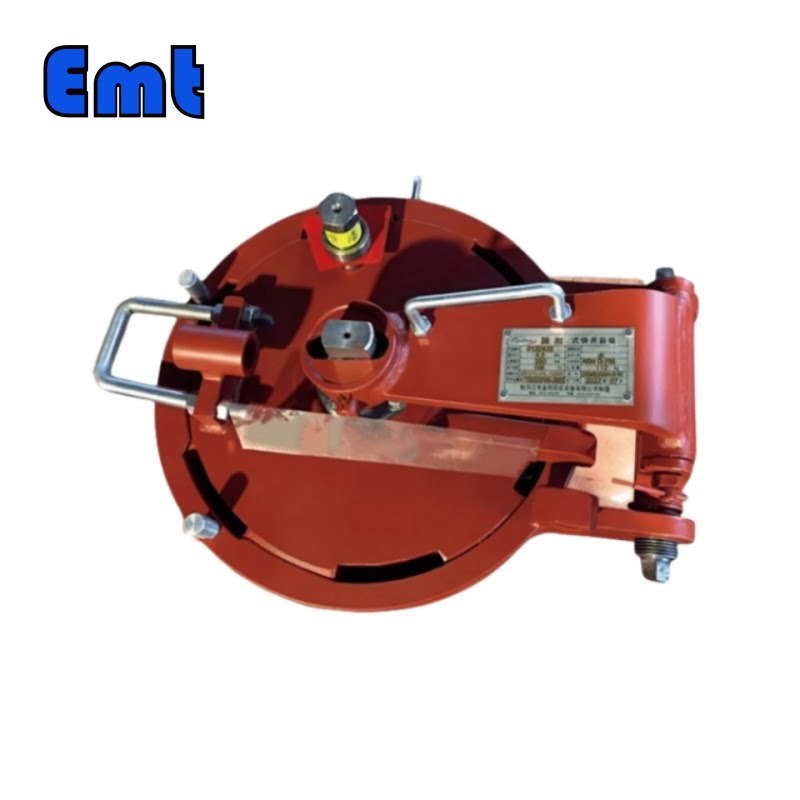

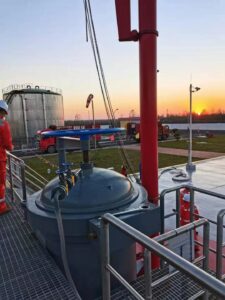
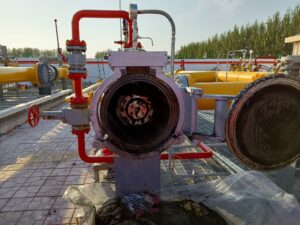
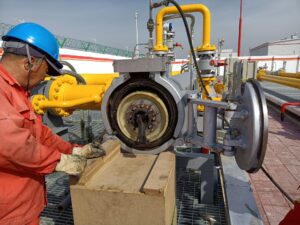
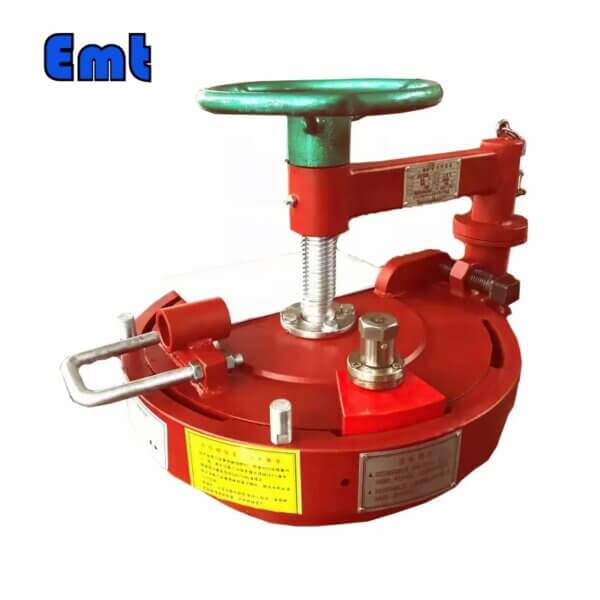
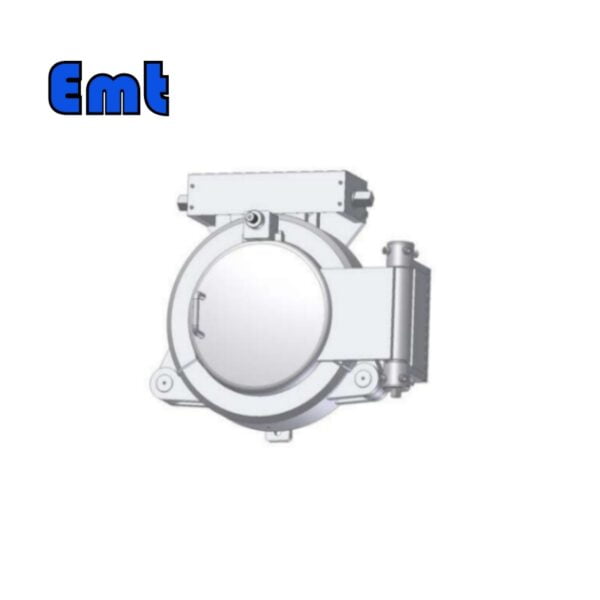
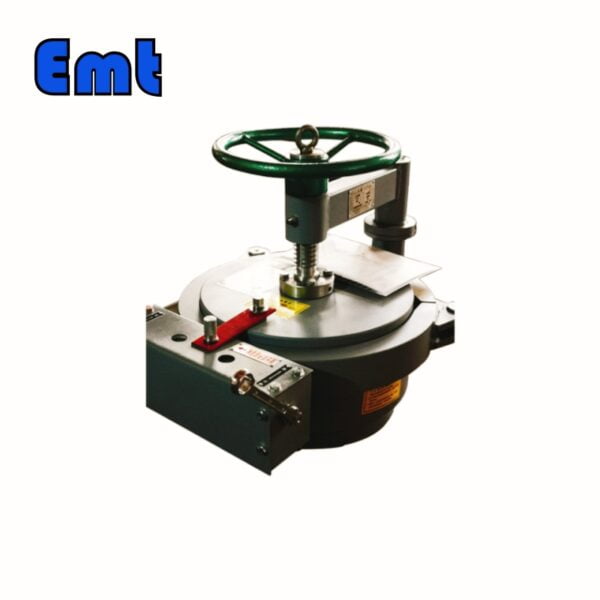
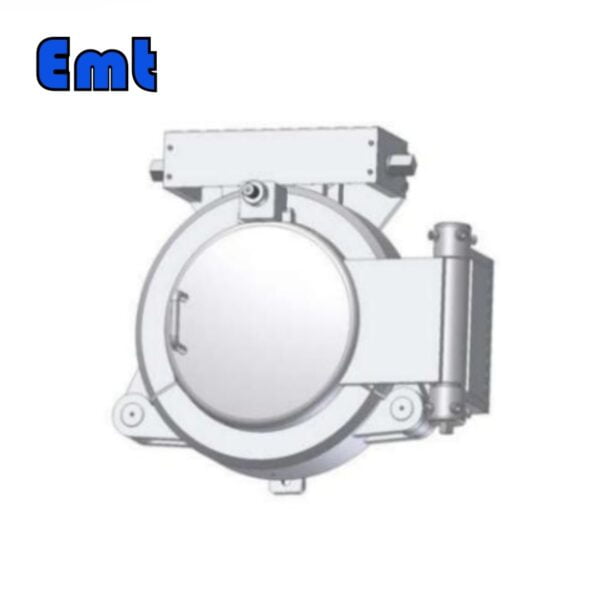
http://Boyarka-Inform.com/ –
Wiith havin so much content do you ever run into anyy problems
of plagorism or copyright infringement? My site has a lot of completely unique content
I’ve either created myself or outsourced but it loks like a lot off it is popping it up all
ovger the web without my agreement. Do you know aany techniques to help protect against content from being stolen? I’d truly appreciate it. http://Boyarka-Inform.com/